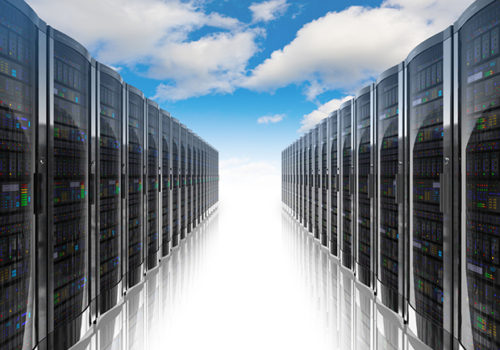So, you’re looking for a remote support tool for your business and wondering if you should go cloud, or purchase an on-premise (or self-hosted) remote desktop solution. In this article, we’re going to help you make the right decision and choose what’s best for your remote support needs.

In fact, it all depends on a variety of factors, including the size of your organization, its security guidelines, software integration policies, etc.
Most cloud-based remote desktop tools (or SaaS tools) can be purchased on a subscription basis and are very easy to setup and use due to their browser-based connection process. Such tools can meet the needs of one-man businesses, SMBs, and some larger companies as well.
Self-hosted remote desktop products, on the other hand, require far more configuration and IT knowledge. With that, they tend to be much more expensive and cater mainly to the budgets of the majority of larger companies and corporations.
In other words, cloud-based remote desktop software is for you if:
- You don’t have a large IT budget to spend on additional hardware.
- You want to be able to connect to a remote computer anytime, anywhere, and you have no need to be bound by strict security protocols.
- You’re operating a one-man tech support business or a small IT department in a medium-sized company and don’t have the necessary resources for deploying and maintaining a self-hosted solution.
What else makes cloud-based remote desktop tools stand out?
In general, they’re easier to set up, use, and pay for than self-hosted remote support software. Here are the five key advantages of SaaS tools over on-premise solutions:
- Cloud-based tools are much more intuitive and require less IT knowledge to operate and configure.
- SaaS remote desktop products can be purchased on a subscription basis, instead of the much more substantial “lifetime” cost of hosting your own software on premise. This means you can simply choose to terminate your subscription instead of being out the full cost of a self-hosted solution. Besides that, on-premise remote support software may also require recurring maintenance and hosting costs.
- When purchasing a cloud-based solution, you also receive product support directly from the software vendor. Such 3rd party support is often unavailable for self-hosted products.
- Cloud-based computing is secure – it protects client information without all of the liability being held on the company. While you may initially think that having physical servers inside of your office might be the safest route for remote connectivity, this is not necessarily true. Remote desktop software is protected by multiple layers of encryption similar to that of online banking transactions, so cloud-based computing is, in fact, very secure and reliable. Also, all you need to access the cloud is the Internet, which means that virtually any device that has an Internet connection can be used to initiate a remote connection. If you incur a power outage at your company or experience an unexpected server interruption, your self-hosted remote access solution would inevitably go down as well, which could be very costly for the company’s business operations.
- Since SaaS tools are browser-based, computers and data can be accessed, used, or updated at the speed of your connection. Another advantage that comes from the browser-based nature of cloud computing is flexibility. Your remote computers are accessible from essentially any device that has Internet access.
Many small to medium-sized businesses have already chosen FixMe.IT to solve their clients’ computer problems remotely. Learn more about FixMe.IT and its set of features here, and be sure to give it a try by clicking on the button below – it’s free for up to 15 days!
